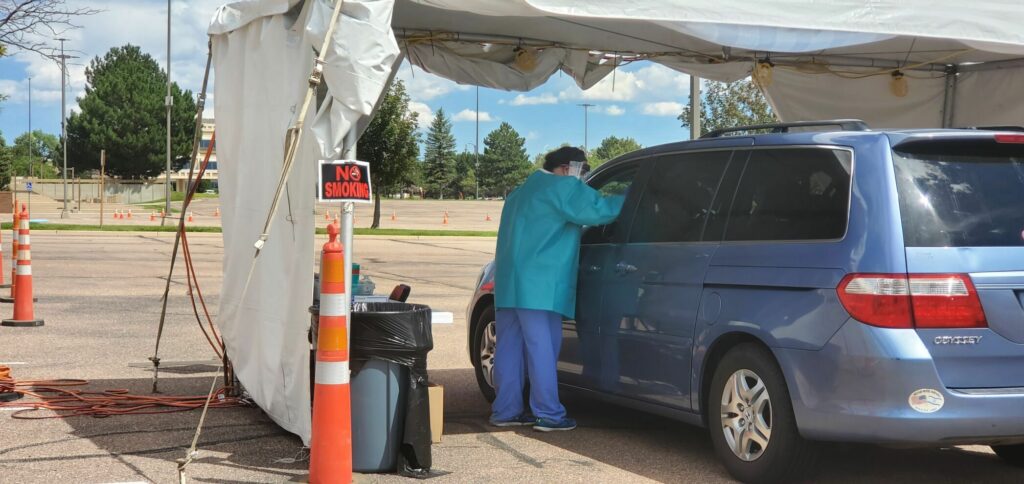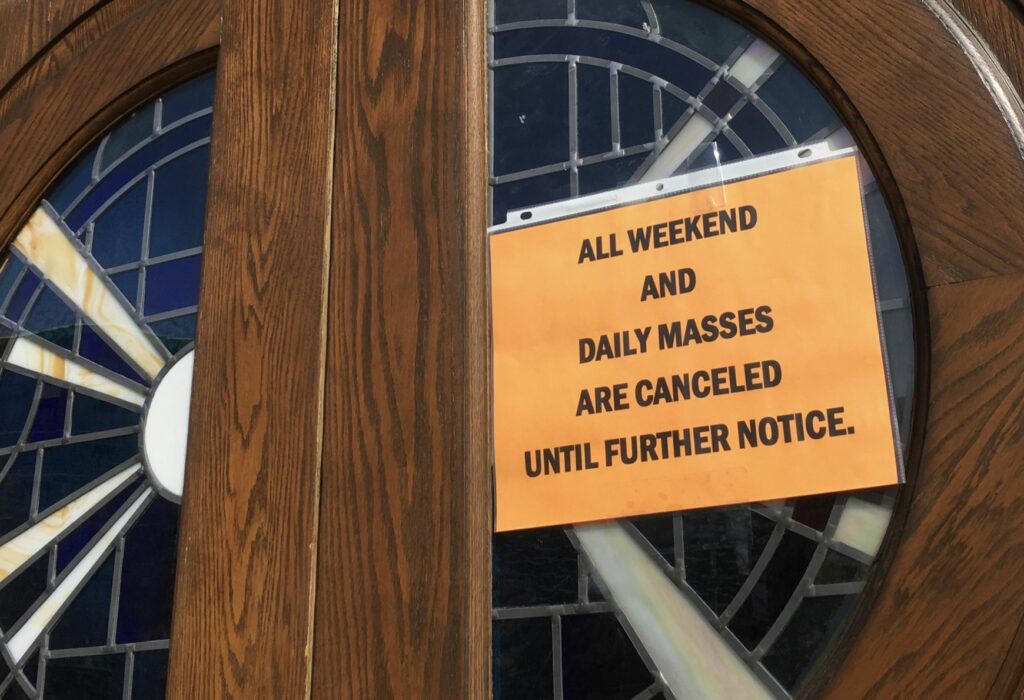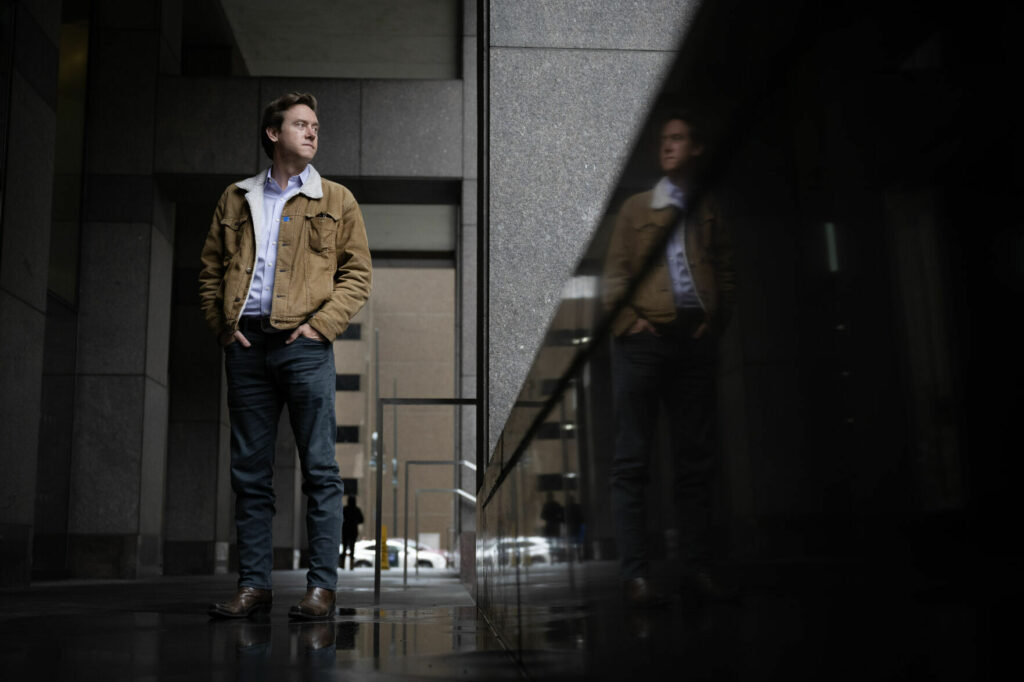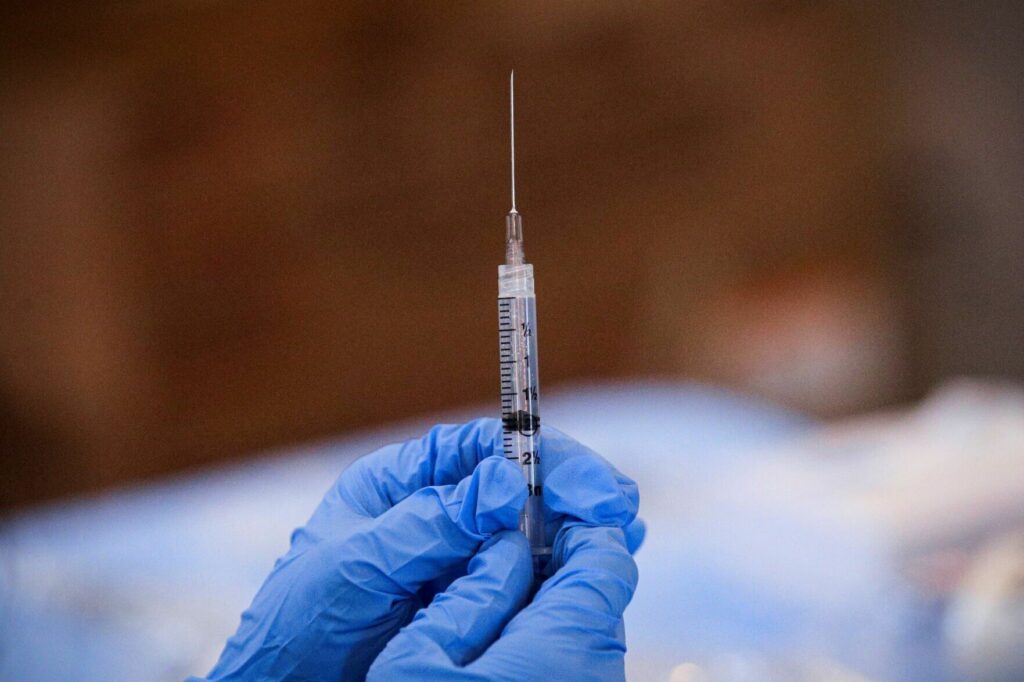Colorado still a few weeks away from omicron peak, with hospitalization impact murky
Colorado is likely a few weeks away from hitting its omicron peak, a top state health official said Wednesday, and hospitals here are preparing for a “variety of scenarios” that may come during that time.
Rachel Herlihy, Colorado’s epidemiologist, told reporters that the state was looking at how omicron had peaked and sickened people elsewhere, including in South Africa, where it was first officially identified, and in London, where it’s led to an ongoing surge.
She said the state is roughly on day 18 of its own omicron wave and that hospitals are preparing to face as many patients as they had in November, when capacity was as threatened as it has been at any point in the pandemic.
“We know we could potentially see hospitalizations similar to what we experienced a couple of weeks ago,” Herlihy said, referring to mid-November’s peak of 1,565 COVID-19 patients. “We could see higher than that.”
But predictions are difficult to make, she continued. Omicron waves have looked different in different parts of the world, and the variant was only identified near the end of November. But Herlihy did say she anticipated “several more weeks until we see a clear peak in hospitalizations.”
South Africa peaked at around day 30 of its wave, she said. But London is on day 32 and has yet to plateau. Omicron causes less severe disease than delta, but the sheer scale of its spread – positivity rates in Colorado now exceed 25% – means an inevitable wave of new patients, albeit apparently less gravely ill ones. The variant, first identified in Colorado a month ago, was responsible for every COVID-19 case sampled by the state last week, according to newly published state data. Between the weeks of Dec. 5 and Dec. 27, it rocketed up from 1.42% of cases here to all of them.
As of Wednesday afternoon, 1,308 Coloradans were hospitalized for COVID-19. That’s up from a Christmas Day low of 992 but still more than 250 patients below November’s highs.
Omicron’s unprecedented spread has added another dimension to the hospitalization equation, Herlihy said: Patients coming to the hospital for non-COVID-19 reasons are testing positive for the virus. That’s increasing strain on hospitals further, as those patients need specific isolation protocols, and potentially exposing more staff to a variant that has proven capable of evading vaccine immunity, even if only to cause mild or asymptomatic disease in the inoculated.
Herlihy said the state won’t be able to sort through the data fully for some time, until discharge paperwork is cataloged. It’s a question, she continued, of people in the hospital due to COVID-19 versus with COVID-19.
Beth Carlton, an epidemiologist with the Colorado School of Public Health, said Tuesday that it was good news that omicron appeared to be milder than delta, the previously dominant variant.
“There are people showing up in the hospital for COVID, there are people showing up at the hospital with COVID, but the logistics of having lots of people in the hospital with COVID is not trivial,” she said. “And so this is going to look really different for hospitals than the other waves because of that. We still don’t have a handle of what that proportion is going to be.”
That would further expose a broader swath of hospital workers, already exhausted and understaffed, to omicron infections, she said.
“What we think is going to happen is very high prevalence, so lots of potential for exposure in the community,” Carlton said, “and the high prevalence is going to spill into the hospitals and just layer in new challenges in terms of having infectious people.”













